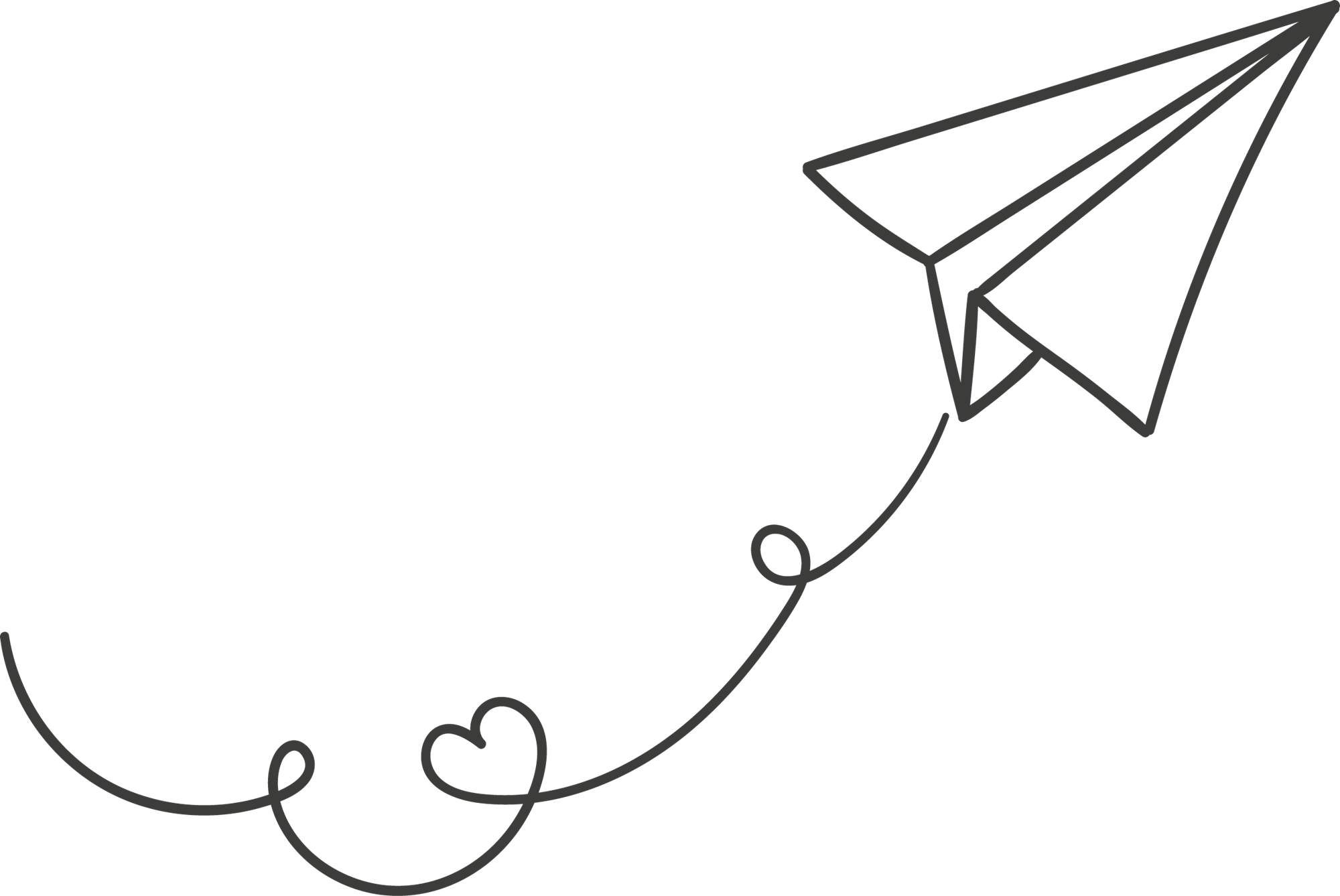
This image has format transparent PNG with resolution 2000x1338.
You can download this image in best resolution from this page and use it for design and web design.
Paper plane PNG with transparent background you can download for free, just click on download button.
A paper plane, paper aeroplane (UK), paper airplane (US), paper glider, paper dart or dart is a toy aircraft, usually a glider made out of folded paper or paperboard.
The origin of folded paper gliders is generally considered to be of Ancient China, although there is equal evidence that the refinement and development of folded gliders took place in equal measure in Japan. Certainly, manufacture of paper on a widespread scale took place in China 500 BCE, and origami and paper folding became popular within a century of this period, approximately 460-390 BCE. It is impossible to ascertain where and in what form the first paper aircraft were constructed, or even the first paper plane's form.
For over a thousand years after this, paper aircraft were the dominant man-made heavier-than-air craft whose principles could be readily appreciated, though thanks to their high drag coefficients, not of an exceptional performance when gliding over long distances. The pioneers of powered flight have all studied paper model aircraft in order to design larger machines. Da Vinci wrote of the building of a model plane out of parchment, and of testing some of his early ornithopter, an aircraft that flies by flapping wings, and parachute designs using paper models. Thereafter, Sir George Cayley explored the performance of paper gliders in the late 19th century. Other pioneers, such as Cl?ment Ader, Prof. Charles Langley, and Alberto Santos-Dumont often tested ideas with paper as well as balsa models to confirm (in scale) their theories before putting them into practice.
The most significant use of paper models in aircraft designs were by the Wright brothers between 1899 and 1903, the date of the first powered flight from Kill Devil Hills, by the Wright Flyer. The Wrights used a wind tunnel to gain knowledge of the forces which could be used to control an aircraft in flight. They built numerous paper models, and tested them within their wind tunnel. By observing the forces produced by flexing the heavy paper models within the wind tunnel, the Wrights determined that control through flight surfaces by warping would be most effective, and in action identical to the later hinged aileron and elevator surfaces used today. Their paper models were very important in the process of moving on to progressively larger models, kites, gliders and ultimately on to the powered Flyer (in conjunction with the development of lightweight petrol engines). In this way, the paper model plane remains a very important key in the graduation from model to manned heavier-than-air flight.
With time, many other designers have improved and developed the paper model, while using it as a fundamentally useful tool in aircraft design. One of the earliest known applied (as in compound structures and many other aerodynamic refinements) modern paper plane was in 1909.
The construction of a paper airplane, by Ludwig Prandtl at the 1924 banquet of the International Union of Theoretical and Applied Mechanics, was dismissed as an artless exercise by Theodore von K?rm?n:
Prandtl was also somewhat impulsive. I recall that on one occasion at a rather dignified dinner meeting following a conference in Delft, Holland, my sister, who sat next to him at the table, asked him a question on the mechanics of flight. He started to explain; in the course of it he picked up a paper menu and fashioned a small model airplane, without thinking where he was. It landed on the shirtfront of the French Minister of Education, much to the embarrassment of my sister and others at the banquet.
In 1930 Jack Northrop (co-founder of Lockheed Corporation) used paper planes as test models for larger aircraft. In Germany, during the Great Depression, designers at Heinkel and Junkers used paper models in order to establish basic performance and structural forms in important projects, such as the Heinkel 111 and Junkers 88 tactical bomber programmes.
In recent times, paper model aircraft have gained great sophistication, and very high flight performance far removed from their origami origins, yet even origami aircraft have gained many new and exciting designs over the years, and gained much in terms of flight performance.
There have been many design improvements, including velocity, lift, propulsion, style and fashion, over subsequent years.
In this page you can download free PNG images: Paper plane PNG images free download